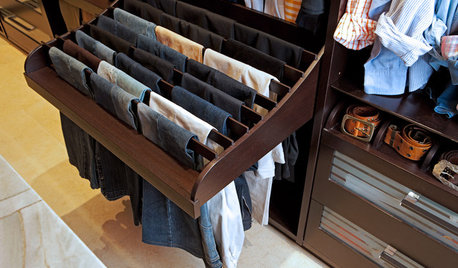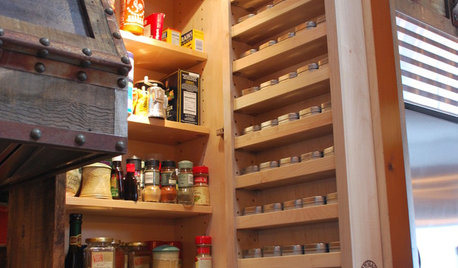18hp Briggs L108 fuel issue, Push rods swapped?
spudthegreater
13 years ago
Related Stories

GREAT HOME PROJECTSHow to Switch to a Tankless Water Heater
New project for a new year: Swap your conventional heater for an energy-saving model — and don’t be fooled by misinformation
Full Story
CLOSETSThe 15 Most Popular Closet Luxuries on Houzz
Turn distressing disarray into streamlined perfection with closet organizers and amenities like these
Full Story
MOST POPULARHow Much Room Do You Need for a Kitchen Island?
Installing an island can enhance your kitchen in many ways, and with good planning, even smaller kitchens can benefit
Full Story
KITCHEN DESIGNNot a Big Cook? These Fun Kitchen Ideas Are for You
Would you rather sip wine and read than cook every night? Consider these kitchen amenities
Full Story
KITCHEN DESIGN7 Steps to Pantry Perfection
Learn from one homeowner’s plan to reorganize her pantry for real life
Full StorySponsored
Columbus Area's Luxury Design Build Firm | 17x Best of Houzz Winner!






rcbe
walt2002
Related Professionals
70037 Landscape Architects & Landscape Designers · Mooresville Landscape Contractors · El Sobrante Landscape Contractors · Fort Atkinson Landscape Contractors · Norristown Landscape Contractors · San Rafael Landscape Contractors · South Lyon Landscape Contractors · Vallejo Landscape Contractors · Palos Hills Landscape Contractors · Costa Mesa Window Contractors · Wilmington Window Contractors · Arlington Window Contractors · Coral Gables Window Contractors · Indian Creek Window Contractors · Northridge Window ContractorsspudthegreaterOriginal Author
rustyj14
mownie
spudthegreaterOriginal Author
walt2002
mownie
spudthegreaterOriginal Author
mownie
spudthegreaterOriginal Author
mownie
spudthegreaterOriginal Author
mownie
spudthegreaterOriginal Author
mownie